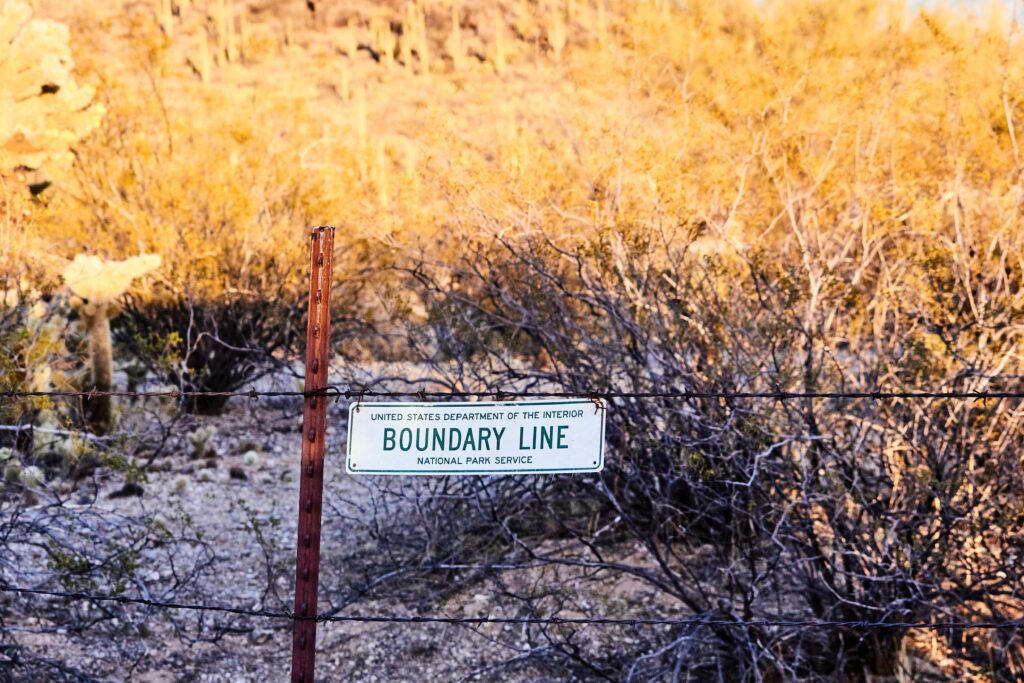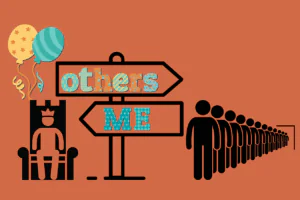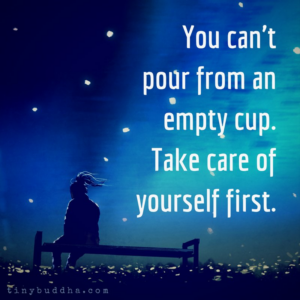Learning how to navigate, tolerate, and advocate for the process of boundaries
guest post by Jordan Spinazzola LSW, ACSW
Boundaries. It’s a word that gets thrown around a lot when it comes to problem-solving, conflicts, and relationships. Healthy boundaries can be used to help alleviate stress and anxiety, and to build compassion and tolerance in relationships. But forming and respecting your personal boundaries is the foundation to healthy relationships. In this article, I’m going to describe what healthy personal boundaries in relationships and families look like so you can advocate for yourself and express your needs in a respectful and clear manner.
What is a boundary?
A boundary is defined as a line or plane indicating the limit or extent of something. When thinking of a physical boundary you might think of a fence separating two property lines. When it comes to relationship boundaries, it means a set of clear lines, limits, and guidelines of how you would like to be treated by others.
According to the Berkeley Well Being Institute, these types of psychological boundaries are “less fixed and change depending on circumstances such as the situation, one’s values, and cognitive, physical, or emotional capacity.”
Also, these relational boundaries further break down into physical, behavioral, and mental/emotional boundaries. Boundaries are meant to be empowering and a foundation for communication, whether it’s couple, family, work, or other relationships. Yet boundaries also can terrify some people due to negative associations that can come with it. Boundaries can be hard, but they are necessary. Just like the saying “good boundaries make good neighbors,” relationship boundaries make for good relationships.
What are healthy boundaries?
Healthy boundaries are necessary in order for relationships to thrive and for each person in the relationship to feel heard and validated. Having clear lines and limits allows you to feel safe and secure when interacting in relationships.
Boundaries are anything that helps differentiate you from someone else, or shows where you begin and end, according to Dr. Henry Cloud from his bestselling book Boundaries, co-written with Dr. John Townsend. In healthy relationships, having your own sense of self, opinions, thoughts, and feelings helps to build confidence and self-esteem. This forms the foundation for your boundaries. When you can express your needs, feelings, and opinions to another person in a relationship, and have them understood and listened to, it makes both you and the other person feel respected. This leads to connectedness, a state that helps humans thrive.
Having clarity about your own boundaries serves you, and it can help you navigate boundaries with other people in your life. Once you can identify how a particular boundary makes you feel, then it is appropriate to start the process of setting that boundary.
What does it look like to set a boundary?
You’ve probably heard about setting boundaries, but what does it look like in practice? A boundary first must be communicated clearly and directly to be effective. You can’t assume that someone understands a boundary. Either they understand the personal boundary in the relationship, or they do not. The best way to ensure that the other person understands your personal boundary is to lay it out and have that person acknowledge back exactly what it is you are saying. This process of clearly and directly communicating your boundary and ensuring it is understood is what is meant by setting a boundary.
Related Reading: How to Support a Spouse with Anxiety
Ways to Set Boundaries
I am sure you can recall at least one instance where someone ‘crossed that line’ and you felt that your boundary had been violated. Even when you think about it now, you likely experience some emotion that comes up. That emotion is probably anger, because it is anger that typically signifies a boundary has been violated or an injustice has occurred. Through the anger, your brain is trying to signal you to act.
An appropriate action in this case is setting a boundary about the “line” that has been crossed. In fact, setting a boundary might be essential to repairing and saving the relationship. Steps to setting boundaries are:
- Reflect and identify your core values.
- What do you need, specifically?
- Acknowledge the boundaries you need to implement, keeping in mind what you have tried previously. (If you’ve set this exact boundary with this person before, and it is still being violated, consider that maybe the boundary needed is new action on your part)
- Communicate boundaries clearly, directly, and respectfully to the person the boundary applies to.
- Use “And” instead of “But” when explaining those needs.
- Relationship experts John and Dr. Julie Gottman recommend the following basic communication when setting a boundary:
I feel __________ when you ___________.
I probably make matters worse by _________________,
which is probably to hide my fear that _________________.
What I’d like you to do differently is _____________.
And no matter what you do, what I expect of myself is to ________________.
Following these guidelines and steps will give you an advantage in speaking with others regarding personal boundaries.
How to navigate boundaries with others who do not take well to boundaries
Some people do not understand the concept of healthy personal boundaries in relationships because these kinds of boundaries were never modeled for them as a child. Setting a boundary with these individuals is like asking someone who has only seen or heard of a bicycle to get on it and be able to ride successfully on their first try. Success is not likely. So, it can be a process with other adults, some of whom may be older than you, to educate them about the topic of personal boundaries and how healthy boundaries are here to help, not hurt.
And what about setting a boundary with someone who is easily defensive? Zach Brittle, author of The Relationship Alphabet, says that defensiveness is any attempt to defend oneself from perceived attack. When discussing personal boundaries with a defensive person, it’s best to give them some sort of notice that you want to have a conversation. That way, the person’s nervous system is less likely to feel attacked.
The Gottmans (mentioned above) note that defensiveness is one of the four horsemen of the apocalypses, a metaphor that describes four communication styles that can predict the end of a relationship. While the Gottmans use this metaphor in their work with couple relationships, the four horsemen depict unhealthy ways of communicating with anyone. I bring up defensiveness because when communicating with those who feel attacked, defensiveness is often a natural response driven by physiology. This is how conversations and communication can derail.
Luckily there is an antidote for every horseman. The antidote for defensiveness is accepting responsibility, in other words, accepting the other person’s perspective is true for them. An example of this would be, “I understand you are hurt and that this must feel hard to hear.” By validating the person’s feelings and what they are going through, it can help diffuse defensiveness and keep things on track.
Finally, and this may be hard to read, it’s important to consider if you may be part of the problem when it comes to difficulty navigating boundaries. Is there a part of you that does not want to deal with conflict that finds it hard to address healthy boundaries with people who tend to cross your boundaries? Boundaries are difficult if you have people-pleasing tendencies because it feels scary to the part of you that feels like you are ‘being a problem.’ Similarly, if you learned the way to survive was to manage others’ emotions, setting boundaries can feel overwhelming. This is where doing some individual work utilizing internal family systems could be helpful to understand those parts.
I want to acknowledge how hard it can be to discuss boundaries with someone who is not receptive (at least initially) to boundaries. I encourage you to take it one step at a time and tell that inner part of you that wants to run away and avoid it all that it is worth it to express your needs and personal boundaries with those with whom you want healthy relationships. Remember, it will most likely be a slow process, especially with people who aren’t so familiar with boundaries, whether that’s yourself or the other person. It is worth it to feel freedom in your relationships and you deserve that.
Final Thoughts
While it can be difficult to set boundaries and enforce them, healthy boundaries are worth the effort for your relationships and to feel validated and respected. Boundary-setting is a process that often is not linear and can have setbacks. The important thing to remember is that you are worth it. You are worthy of having boundaries and limits in your life.
Boundaries are intended to create compassion and understanding. They are meant to better the relationships in our lives and to help us live authentic selves. Be true to the part of you that deserves to have your needs heard and respected.
If you are interested in working on your boundaries or if you need help navigating boundaries, feel free to reach out to therapists at Life Care Wellness. If you’re in Illinois, please reach out to us in our Glen Ellyn, Chicago (Jefferson Park),or Sycamore locations.
Jordan Spinazzola is an associate therapist at Life Care Wellness, a group psychotherapy practice in Glen Ellyn. She works with all ages and has experience working with couples and families, as well. Jordan utilizes traditional talk therapy, cognitive behavioral therapy (CBT), a strengths-based perspective, mindfulness and motivational interviewing. She has completed training in Eye Movement Desensitization Reprocessing (EMDR) and utilizes it in trauma focused therapy. Jordan sees clients via telehealth.







